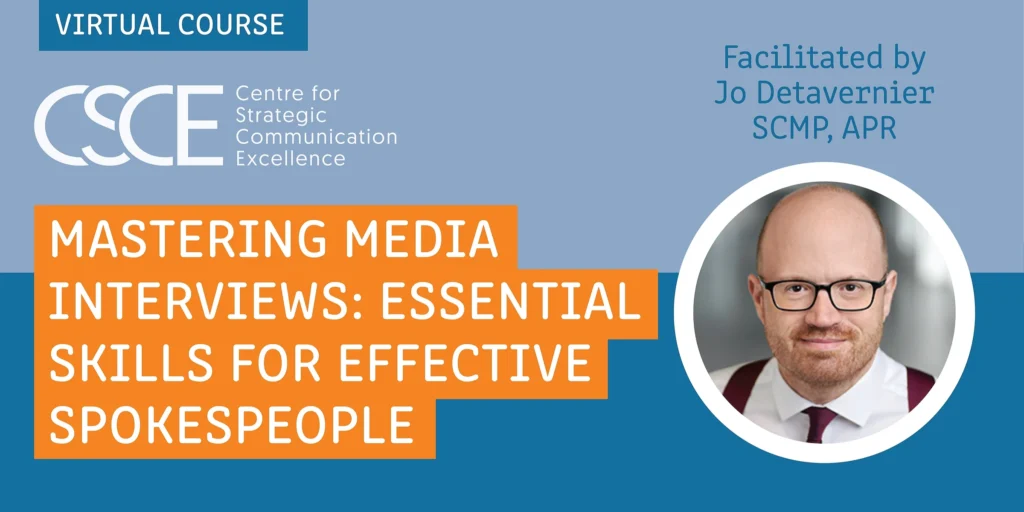For the last two years, the most prevalent words I have seen in the communication world have been “digital” and “disruption.” For the most part, the talk about each involved extolling the virtues of “digitalization” and “disruptiveness,” with much less tangible said about how to bring these qualities to life in a way that adds meaning or value.
Having recently set out on my own as a consultant focusing mainly on internal communication, my primary aim has been to disrupt commonplace notions about “how to do” #internalcomms. But in a short but memorable moment, my thoughts drifted towards how internal comms could itself become a force for disruption, holding the key to scaling, driving and delivering disruptive interventions on an enterprise-wide scale.
The key to seeing internal communication as a “weapon of mass disruption” is really to look at the nature of both of these terms, “mass” and “disruption.”
Mass
Internal comms embodies “mass” from an enterprise perspective in a number of crucial and complementary ways. The first, the way leaders commonly see internal communication, involves “mass delivery” of messages to all employees.
The ability to “seize the radio stations,” harmonize the telescreens, and instantly distribute centrally-initiated messages in text, video, and/or audio formats remains one of an organisation’s core tools to set, reinforce, or introduce changes in tone and direction.
But traditional “mass delivery” is not the only “mass” capability that internal communication can offer an organisation with some appetite for disruptive interventions. Today, “mass selectivity” and “mass connectivity” can both amplify and target the power of interventions and new ideas. And “mass standardization” can make interventions and the wording of their definitions clear and consistently understood.
“Mass standardization” accelerates mass delivery by applying consistent terminology (and, in some cases, narrative and imagery) to specify and shape a favored idea and frame its intended impact.
“Mass selectivity” involves the ability to identify, connect and mobilize the “right” people to enable a particular disruption to spread. Whether using social mapping, influencer research, or ad hoc analysis to form a core group that connects the hierarchy with the important informal “tribes” and connective functions in an organization, the ability to select and build a core group allows a disruptive idea to incubate and generate emotional power and commitment among those who are responsible for its initial spread.
The contagion of this emotional commitment can often be accelerated by means of “mass connectivity.” Mass connectivity combines natural word of mouth as it spreads orally within teams, organisations and communities, and the networked power of external social networks and, where functioning, enterprise social networks inside the company firewall.
Disruption
Internal communication’s ability to reach organisational populations through mass distribution, orchestrated influence and active agitation and connectivity is matched, if not exceeded, by what #internalcomms can do to shape, and even create, disruption itself.
What is disruption? Let’s look at what American dictionary Merriam Webster has to say. The verb “to disrupt” means “to cause (something) to be unable to continue in the normal way: to interrupt the normal progress or activity of (something).”
So, what does that mean for internal communication? Webster’s definition underscores the importance of internal communication in spreading disruption, so that disruptive changes stick and processes and practices are “unable to continue in the normal way.” ur understanding of our enterprises, markets and communities with our fluency in unleashing the mass dynamics of what make disruptions accelerate and stick makes us a formidable, perhaps even indispensable asset. But our involvement isn’t simply limited to spreading disruption.
We are also in a position to initiate it, to cause it. Rather than simply act as a vehicle for leaders who have disruptive agendas and need their ideas spread, we can identify, shape and even invent disruptive ideas on our own, and work with stakeholders to accelerate the flow of these disruptive ideas to the net benefit of our organisations.
New ideas, new practices, new promises, new words, new rules. We can spread them, and we can create them (and then spread them). We have the capability to commit mass disruption. And mass disruption offers us a massive opportunity to change the terms.





